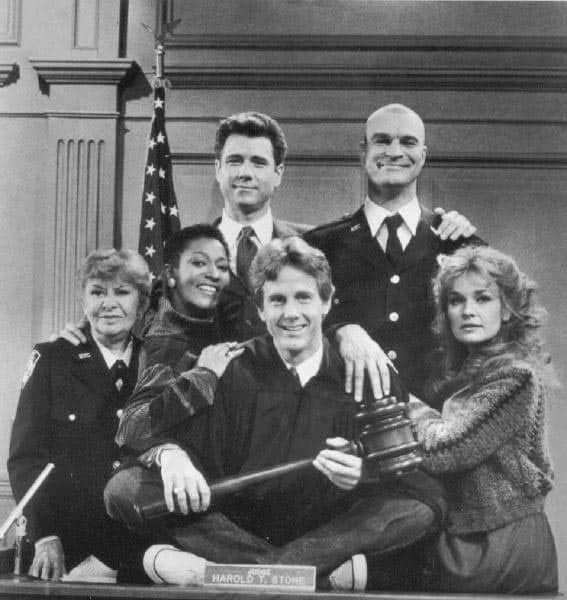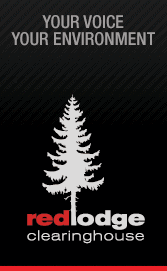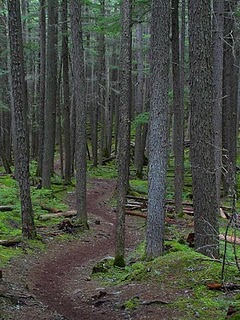
Observing the stories in the press on our favorite topics over the past two weeks, I found a common set of questions that I hope can illuminate the controversies. ”Who’s at the Table and Who Decides?” There is another thread, in some of these stories, of the appropriate role of state and local governments.
In this post, we’ll examine the settlement of case against four forest plans (82 Rule) in southern California.
Here’s the link to the below quote. http://lakeconews.com/content/view/17531/931/
Here’s the link to another piece on the settlement on this blog.
SAN FRANCISCO – Attorney General Edmund G. Brown Jr. has announced a settlement that requires the U.S. Forest Service to reconsider its plans regarding wilderness lands in four national forests, including the Los Padres, home of the endangered California condor. “With this settlement, the state of California will now play an active role along with the Forest Service in determining which areas of Southern California forests will be preserved as wilderness,” Brown said. The settlement resolves a lawsuit brought by Brown and various state agencies and environmental groups against the U.S. Forest Service for its plans to allow roads to be built through hundreds of thousands of acres of wild lands in the Los Padres, Angeles, Cleveland and San Bernardino national forests.
Who’s at the table? The plaintiffs (listed in the agreement) and the Forest Service and DOJ.
Who decides? The Department of Justice and the Forest Service and the plaintiffs, which in this case includes the State of California.
It appears to me that the State and groups that used the tactic of litigation moved the decisions in forest plans from being an open process, where the FS decides, to a not- open process where it is not so clear who decides. If land management allocations are ultimately to be made in the courts, because plans are so complex that it is difficult to do one perfectly- especially when people are paid to find flaws- perhaps it tells us that more conflict resolution, and not more analysis is what is needed. Again, I think it’s OK to use that as a tactic, but using that as a tactic has potential negative ramifications, from the perspective of openness and transparency, that need to be acknowledged.
It looks like the settlement imposes roadless-rule like requirements or, in other words, establishes a policy for federal lands in part of the State. We have had the discussion before on this blog about whether settlement agreements actually set policy. This seems to be an example of that.
 Here’s a link to a newer lawsuit on the Beaverhead Deerlodge plan.
Here’s a link to a newer lawsuit on the Beaverhead Deerlodge plan.






